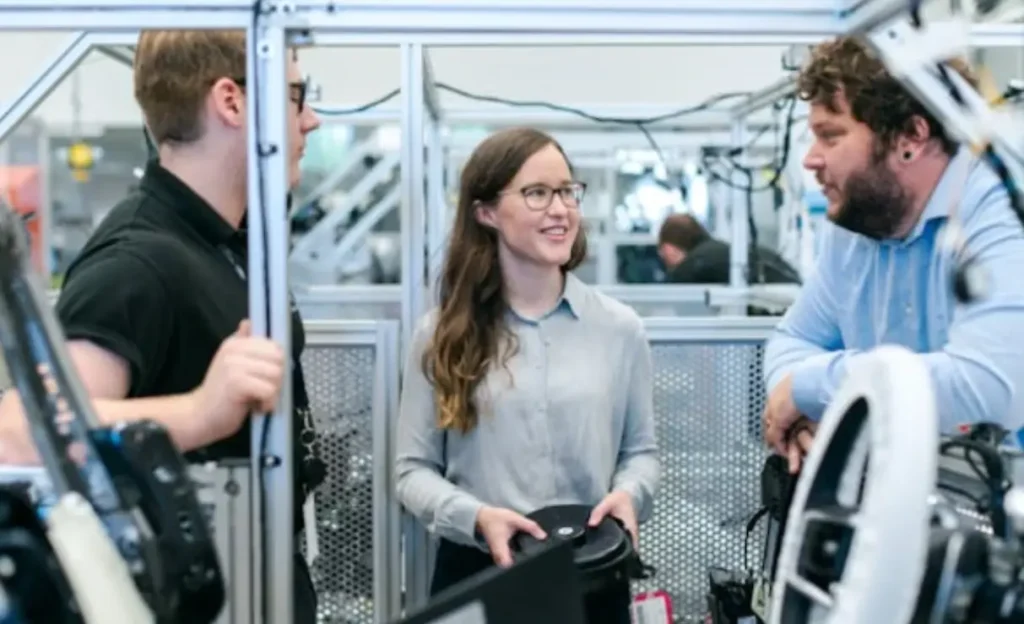
Verhoogde efficiëntie: Automatisering versnelt processen, waardoor de doorlooptijden en de klantenservice verbeteren.

Kostenbesparing: Bots verlagen de arbeidskosten en werken 24/7, waardoor continue productiviteit gegarandeerd is.

Foutreductie: Automatisering elimineert menselijke fouten en zorgt ervoor dat taken nauwkeurig worden uitgevoerd.

Schaalbaarheid: RPA kan gemakkelijk op- of afgeschaald worden, zodat bedrijven aan de vraag kunnen voldoen zonder extra personeel.





Niet alle taken zijn geschikt voor automatisering. Bedrijven moeten eerst hun workflows beoordelen om taken te identificeren die repetitief, tijdrovend en foutgevoelig zijn. Zodra deze processen zijn geïdentificeerd, kunnen organisaties ze prioriteren op basis van hun potentieel voor verbetering.
Het selecteren van de juiste tools voor robotische procesautomatisering is cruciaal voor het succes van een RPA-initiatief. Bedrijven moeten verschillende tools evalueren op basis van factoren zoals schaalbaarheid, gebruiksgemak en integratie met bestaande systemen. Het is ook essentieel om een tool te kiezen die robuuste beveiligingsfuncties biedt, vooral voor industrieën die gevoelige gegevens verwerken.
Het implementeren van RPA kan leiden tot aanzienlijke veranderingen in de manier waarop werknemers werken. Voor een soepele overgang moeten organisaties investeren in verandermanagement en training van werknemers. Medewerkers moeten worden voorgelicht over de voordelen van RPA en worden getraind om samen te werken met bots om het potentieel van de technologie te maximaliseren.

| Cookie | Duur | Beschrijving |
|---|---|---|
| bekeken_cookie_beleid | De cookie wordt ingesteld door de GDPR Cookie Consent plugin en wordt gebruikt om op te slaan of de gebruiker al dan niet heeft ingestemd met het gebruik van cookies. Het slaat geen persoonlijke gegevens op. | |
| cookielawinfo-checkbox-analytics | Deze cookie wordt ingesteld door de GDPR Cookie Consent plugin. De cookie wordt gebruikt om de toestemming van de gebruiker voor de cookies in de categorie "Analytics" op te slaan. | |
| cookielawinfo-checkbox-anders | Deze cookie wordt ingesteld door de GDPR Cookie Consent plugin. De cookie wordt gebruikt om de toestemming van de gebruiker op te slaan voor de cookies in de categorie "Andere. | |
| cookielawinfo-checkbox-functioneel | De cookie wordt ingesteld door GDPR cookie toestemming om de toestemming van de gebruiker voor de cookies in de categorie "Functioneel" vast te leggen. | |
| cookielawinfo-checkbox-nodig | Deze cookie wordt ingesteld door de GDPR Cookie Consent plugin. De cookies worden gebruikt om de toestemming van de gebruiker voor de cookies in de categorie "Noodzakelijk" op te slaan. | |
| cookielawinfo-checkbox-performance | Deze cookie wordt ingesteld door de GDPR Cookie Consent plugin. De cookie wordt gebruikt om de toestemming van de gebruiker op te slaan voor de cookies in de categorie "Prestaties". |

